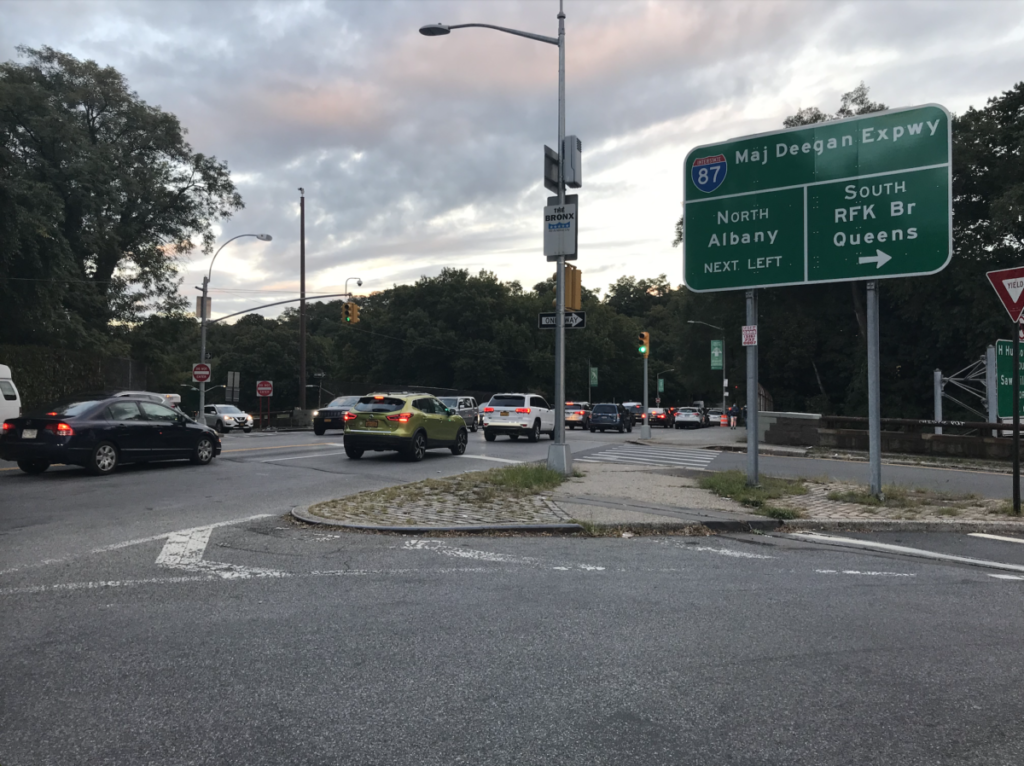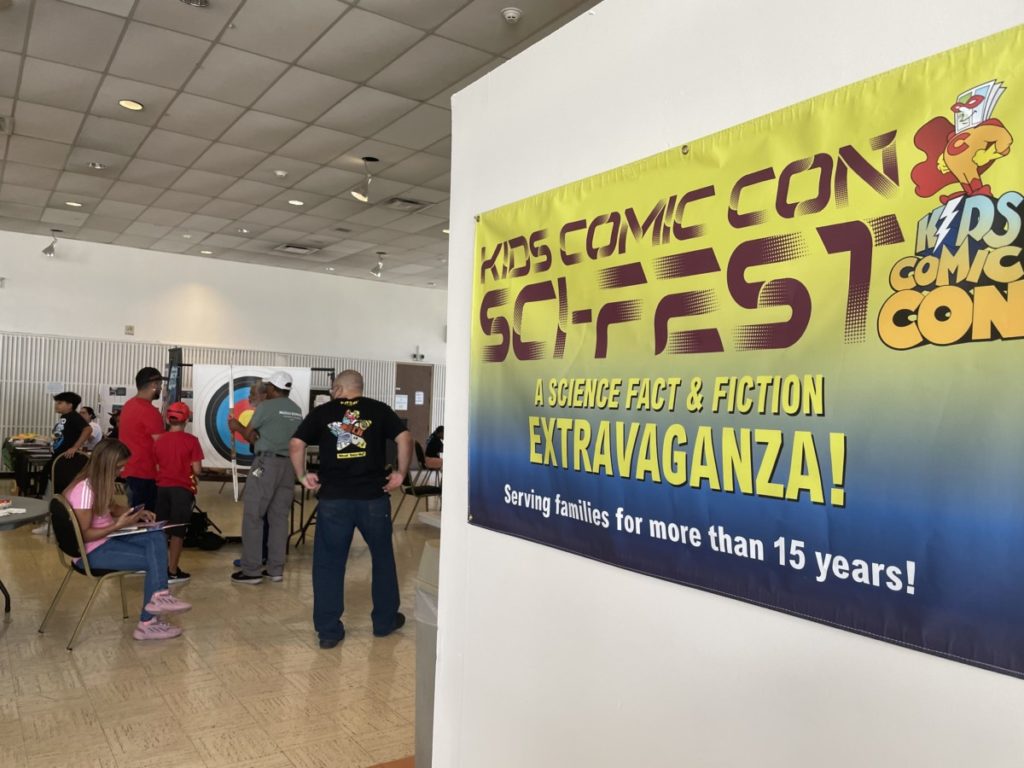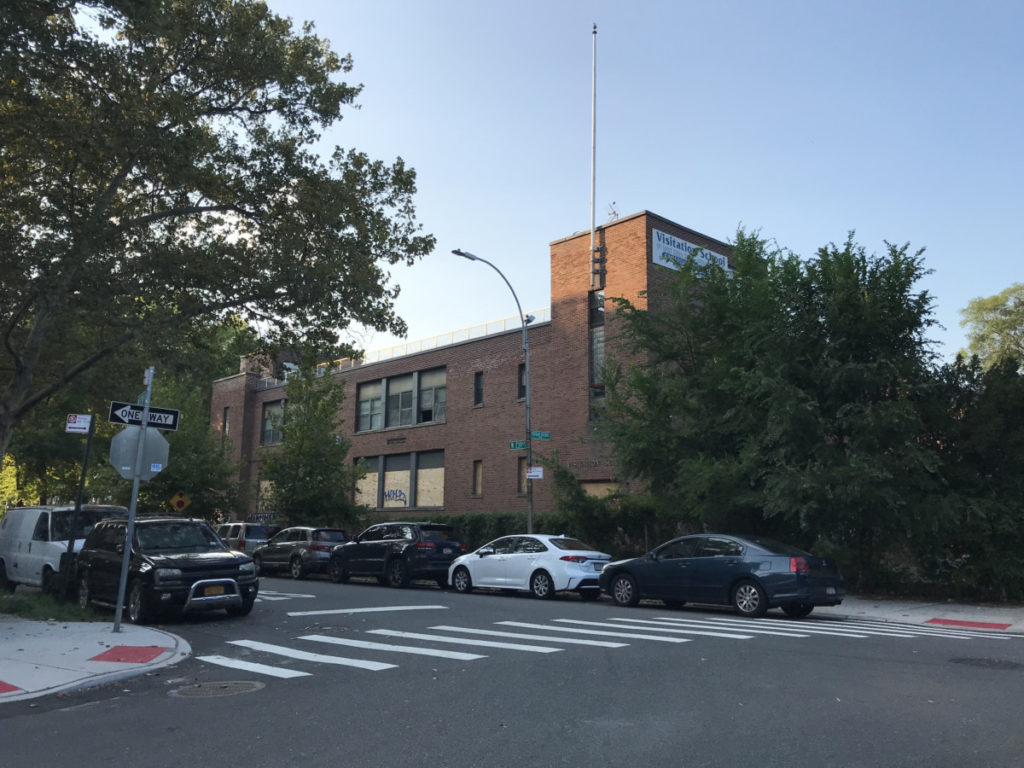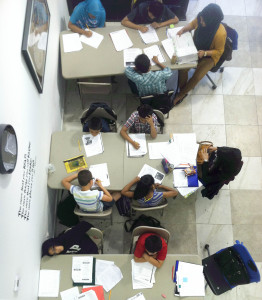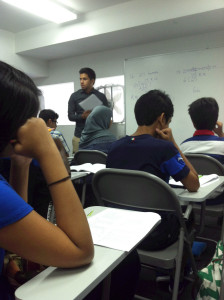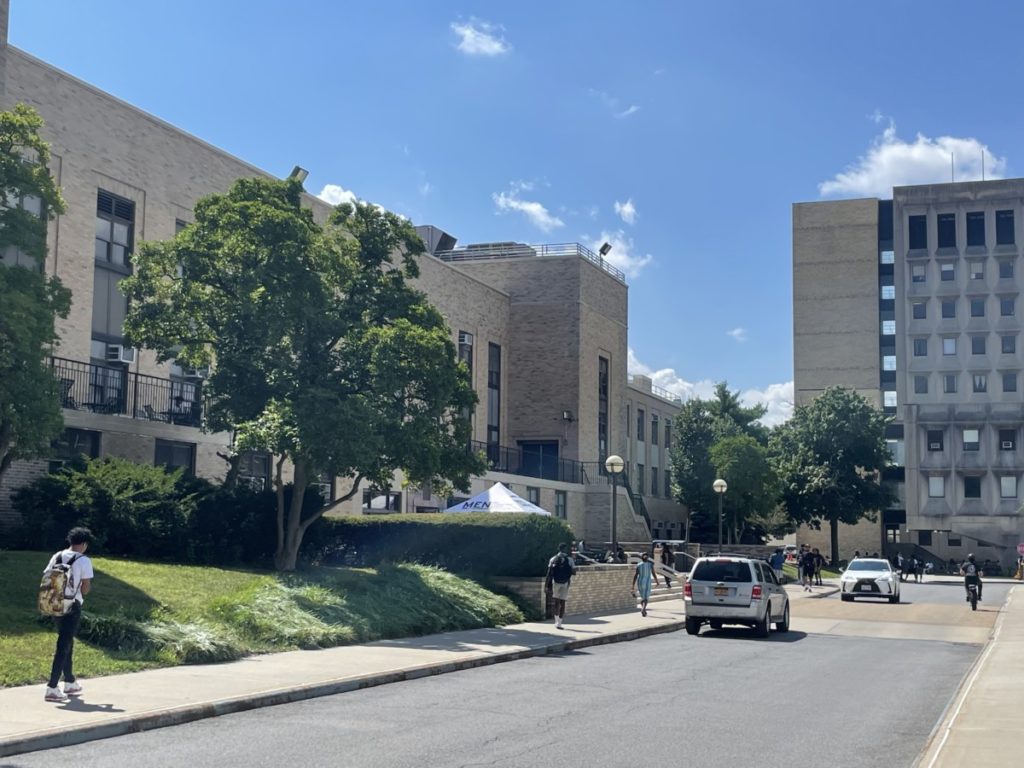
Introduced in 2017 by then New York Gov. Andrew Cuomo and hailed as a “groundbreaking proposal” by both Cuomo and Sen. Bernie Sanders, the Excelsior scholarship program intended to help low to middle income students, isn’t getting to the poorest students in the state, according to a report published in May by the Urban Institute, a nonprofit research organization.
The report found that about 68 percent of funds awarded through the Excelsior scholarship went to middle-income students, specifically those with incomes at or above $70,000. The report also found that among fully eligible students in the 2018 cohort, community college students and Black students were least likely to receive Excelsior funds.
The reason why many low-income students have slipped through the cracks comes down to the last dollar nature of Excelsior, co-author of the report Daniel Sparks said.
“Because it’s focused specifically on that remaining gap in tuition after (federal student aid) and after TAP (New York’s Tuition Assistance program), we see disproportionately fewer low income students actually taking up, or even applying for the scholarship,” Sparks said.
The scholarship is only awarded when tuition is not covered by other financial aid programs like the Free Application for Federal Student Aid or TAP. Even then, Excelsior does not account for non-tuition related expenses that many students face. Additionally, Excelsior has a long list of requirements for a student to be eligible for aid, including a contract that the student will reside in New York state after graduation, for however long they receive the scholarship.
Community college students make up about seven percent of all CUNY Excelsior recipients according to data from the Higher Education Services Corporation, despite the fact that they make up approximately 38 percent of all CUNY students, according to CUNY data.
In the Bronx, 48 Bronx Community College students received the Excelsior scholarship between 2017 to 2020, the lowest number of recipients for a single school amongst all CUNY schools. While Bronx Community College students make up about four percent of all CUNY undergraduates, they only make up about 0.2 percent of CUNY Excelsior scholarship recipients.
Sparks also hypothesized that many students do a cost-benefit analysis and decide that Excelsior is simply not worth the hassle.
“It’s not really worth the hassle of going through yet another application process,” Sparks said. “You’re going through all of that just for an extra 500 bucks a year, it might not make a ton of sense, they might just decide to forgo it.”
Bernice Agyeiwaa, a Bronx Community College student who received the Excelsior scholarship, said that she wished the process for applying for financial aid was easier, citing the tough requirements of Excelsior.
“It is a lot at first, I even tried to give up on the Excelsior, it’s quite a lot,” Agyeiwaa said. “But then I looked at the tuition and finances and was like, okay, let me just put in effort and apply… I wouldn’t say it’s easy.”
However, after pulling together all materials required and after being notified that she was a recipient, Agyeiwaa did not receive any funds from the scholarship since her tuition was covered by federal student aid.
Bronx Community College student Hawa Tiama told the Bronx Ink that she was upset at how her Excelsior application was handled. After two months of not hearing back after she submitted the application, she was notified that she was ineligible for the scholarship because she did not complete two years of high school in the U.S. despite completing the General Educational Development to get the scholarship.
“They came to my (adult school) and they told us if you have your GED, you can have this scholarship,” Tiama said. “That’s why I was inspired, okay, I can do the GED and they’ll pay for my school. I’m now registered and they tell me I’m ineligible.”
Andrew Whyte, another Bronx Community College student, said that while he was deemed ineligible due to income requirements, he felt that the scholarship required too much of a student.
“It would have benefited me a little bit if I would have accepted but at the same time, it wouldn’t. I’m not fast-paced when it comes to the pace of college,” Whyte said, referring to the 30 credit per year requirement.
The New York State HESC did not immediately respond to request for comment.
According to data from the National Center for Education Statistics, Bronx Community College costs about $4,405 a year to attend after financial aid.
New Deal for CUNY
As Excelsior gets renewed for another year, some are looking into other ways to provide free tuition for CUNY students. The New Deal for CUNY bill, introduced by state Sen. Andrew Gournades (D-Brooklyn) in February last year, seeks to change how free college tuition works in New York.
The bill as it stands for consideration in the Higher Education Committee in the state senate would create a new “tuition reimbursement fund” controlled by the Office of the State Comptroller using funding previously earmarked for TAP and Excelsior, and would be a first dollar award.
In an interview with the Bronx Ink, Gournades said that he believes that the Excelsior scholarship is not helping enough CUNY students and has too many requirements for students to access free college tuition.
“The reality is the Excelsior scholarship does not fully reach all of the students who would otherwise be attending CUNY,” Gournades said. “The Excelsior scholarship does not offer the type of help and does not make college affordable for those who need it most.”
While the bill is still waiting to progress through the senate, the recently-enacted state executive budget shows an increase in funding for CUNY schools. In the current fiscal year, funding for operational support for CUNY schools increased by over $62 million, according to the supplemental budget report. The overall spending budget for CUNY schools have also increased since last year, from $1.6 billion to $2.4 billion, according to the state’s budget reports.
Gournades said while he’s still fighting to pass the bill, he’s optimistic that the small steps in funding will help fuel larger investments in CUNY.
“I think there’s this belief that only if you adhere to a certain criteria, are you worthy of being invested in,” Gournades said. “So many young people at CUNY institutions today have so much promise and so much potential, and the public should be invested in that.”



